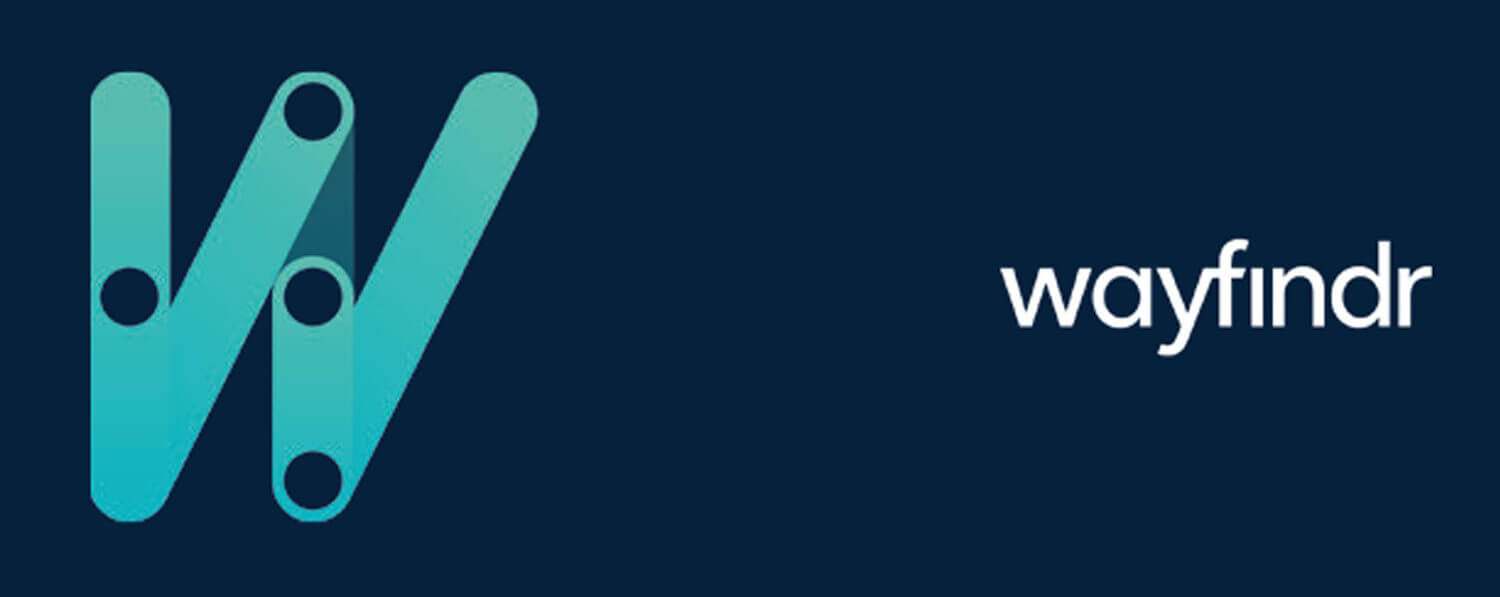Wayfindr’s Public Transport Hackathon with RSSB, TfL, and AWS

On November 14th and 15th the second Wayfindr Public Transport Hackathon took place, sponsored by the Rail Safety and Standards Board. Over 70 engineers, designers, software developers, students and entrepreneurs came together at the Amazon Web Services Office in London to respond to a series of challenges laid down by Transport for London. This year’s challenge focused on the operational and performance elements of an audio navigation system, and after two days, all the teams put forward a range of interesting suggestions to the expert judging panel. Read on to find out more about the challenges and how the hackathon attendees went about addressing them.
The Challenges
Following our previous successful trials with Transport for London, and the previous Wayfindr hackathon, TfL have turned their attention towards operational and performance aspects of the system which need to be understood in order to ensure passenger safety and satisfaction as the system moves towards being rolled out.
The specific topics TfL put forward were:
- Operational challenge
The London Underground service is subject to a number of regular and random alterations (e.g. Lifts, escalator direction change, ticket barriers change, events); how can these be dealt with using our existing API, ensuring that operations keep running as normal?
- Performance challenge
Information is power! How can participants design an analytics tool that shows useful information to improve the system performance, such as: number of planned/started/complete/incomplete journeys, most frequently used/missed beacons, average time between beacons, etc.?
- Hardware challenge
The participants will be supplied with beacons and their respective hardware SDKs, to trial and error existing designs. How can our existing beacons be improved? Can you critique and suggest further developments?
The Hackathon
A temporary beacon network was installed in the AWS office along with the TfL Wayfindr API to allow participants to test their ideas and prototypes over the course of the two days. Following a quick round of networking, attendees had the chance to pitch their initial suggestions and concepts to the audience.
Experts from TfL, AWS, the RSSB, and of course Wayfindr were on hand to give feedback and advice to the hackers over the course of the two days. In particular, station staff from TfL were in high demand as the attendees looked to understand how these staff plan and react to expected and unexpected changes that can occur in stations, such as lifts going out of service, or escalator directions being reversed. Other attendees were keen to learn more about the different types of data feeds available in stations to understand how they could support an audio navigation system by cross-referencing different types of information to ensure that guidance for users is accurate and up to date or discover and predict when users might encounter difficulties.
The end of the first day rapidly arrived, giving the teams a chance to practice their presentations and pitches in front of a dummy judging panel before tucking into some well-deserved pizza as they worked into the night.
Throughout the second day attendees continued developing and refining their responses to the challenges before submitting their entries at 3pm.
The Competition
Seven teams presented to the judging panel, which was composed of representatives from the RSSB, TfL, the Department for Transport, and Wayfindr.
- Team OptimALL looked at combining information from the audio navigation system with anonymised information from CCTV cameras to detect and predict issues in stations and allow staff to react, and to estimate likely journey times.
- Team Half Baked explored ways for TfL staff to gather information that would result in a change to the guidance given to users and how to push updates into the system
- Team Argus presented a futuristic concept involving haptic, heat, and audio feedback to help users with various disabilities explore new environments, giving them the confidence to explore them.
- Team U2D looked at different ways to gather information needed to update the system, including exploring crowdsourcing.
- Team Flexi devised a system and process to update the audio guidance, involving station staff reporting environmental changes to TfL’s customer service team, who would then push updates into the API.
- Team Supercool created a prototype app and algorithm that would allow users to input their travel preferences (e.g. low-light, less busy routes or step free routes) and be guided along a route that best meets their need. They also explored integrating the solution into the YGA WeWalk Smart Cane.
- Team Crowd Buster came up with a solution to guide users to less busy areas of the platform and/or train or the part of the train that would place a user closest to the most convenient exit for them when they arrived at their destination station.
What's Next?
TfL will take all these ideas on board as they continue to investigate and refine the audio navigation system requirements and move towards further live trials of the system, as and when funding becomes available.
Don’t forget, you can take our ITU eLearning audio navigation course to become an expert in accessible audio navigation, click here to find out more
If you are working in the area of public transport and are interested in learning more about how TfL and Wayfindr can help you, please contact us
Our team combines the digital product and user centred design expertise of ustwo, with the Royal London Society for Blind People’s 175 years of experience working with blind people.